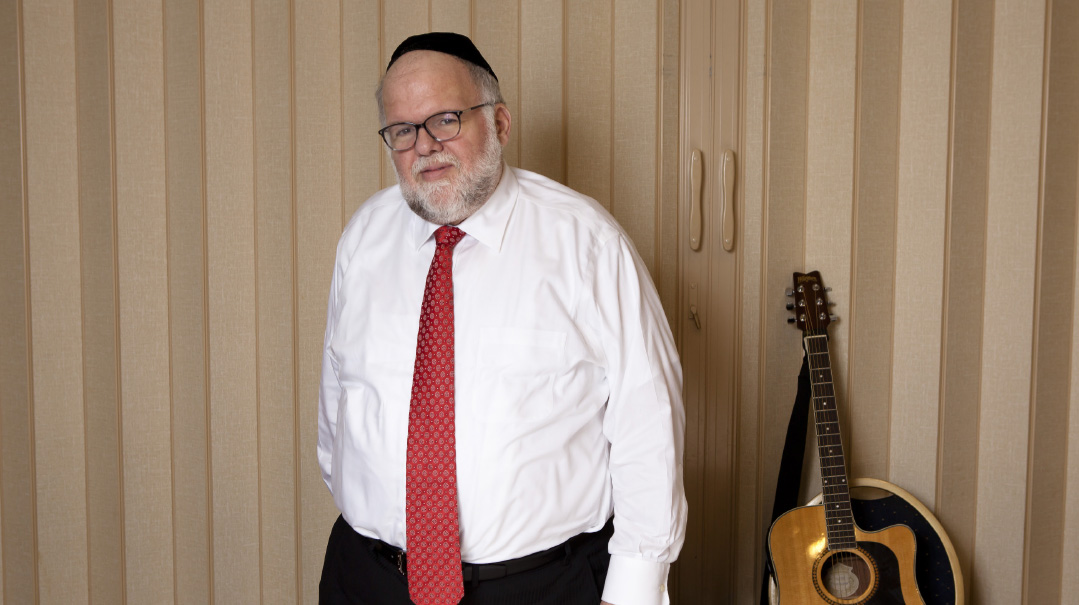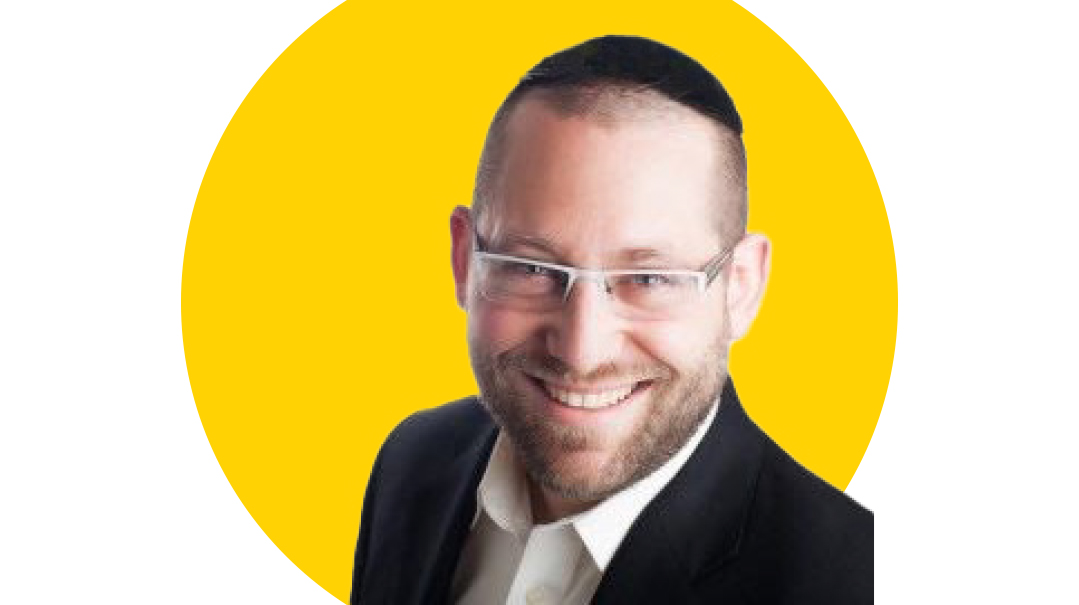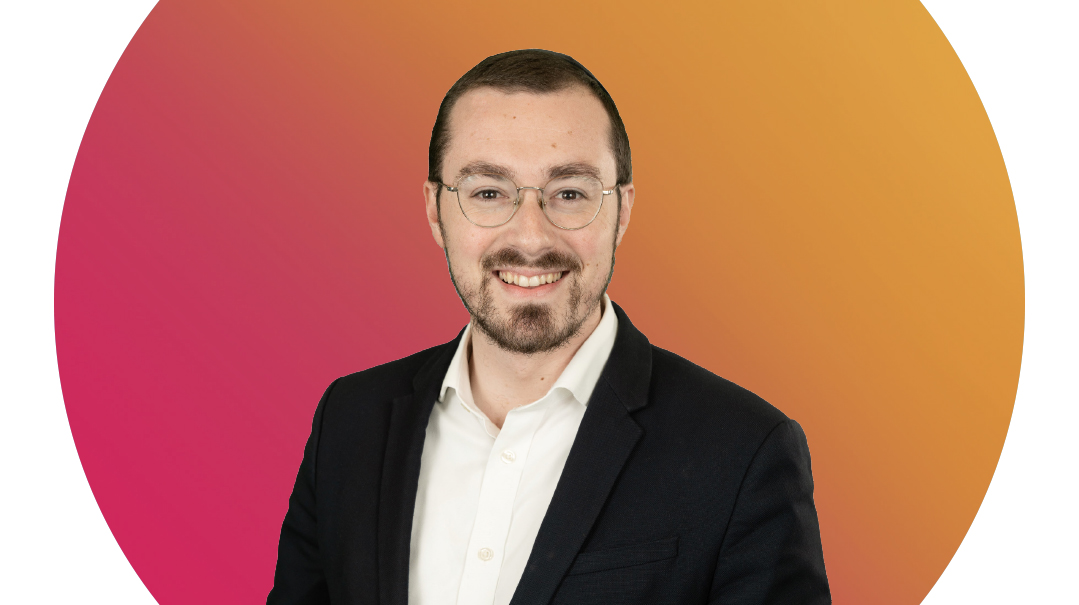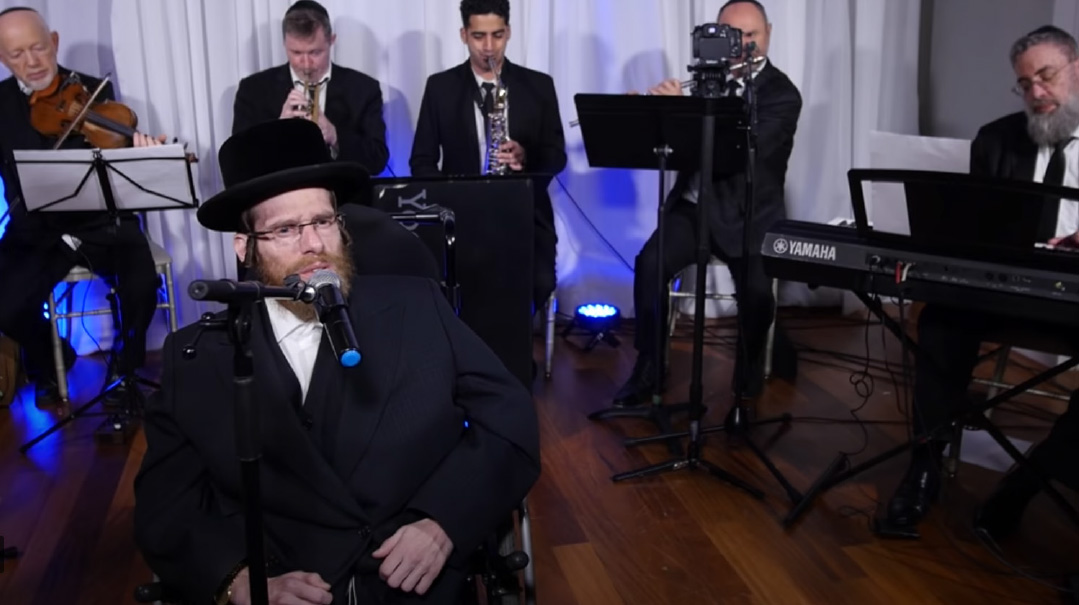Aim for the Stars
| October 31, 2023In tribute to legendary music producer Sheya Mendlowitz

Producer Sheya Mendlowitz’s uncanny eye for discovering talent, and a heart of gold when it came to helping a fellow Jew, catapulted him to the top of an industry he helped create, farginning everyone their success
“S
heya was the trailblazer when it came to fusing Jewish music with chesed,” says veteran composer/conductor Mona Rosenblum from his home in Bnei Brak, still unable to grasp that his longtime friend and colleague Sheya Mendlowitz is gone. Mona was referring to the famed HASC benefit concerts that Sheya spearheaded after a visit to the camp back in 1988, when camp director Moishe Kahn confided that the summer retreat for special needs children was on the brink of closure due to lack of funds. Those concerts became a financial lifeline for HASC and formed a prolific partnership between music and charity in the frum world.
But perhaps Mona meant something else too, on a personal level. Because Sheya Mendlowitz a"h, Jewish music’s legendary producer who passed away last week after years of health issues, had a heart of gold, fusing his talents with his expansive warmth. As much as he loved and lived Jewish music, he loved helping others in any way he could.
Nachum Segal, radio show host of JM in the AM, says that Sheya must have introduced him to “a million” people over his career. “He was helpful to everyone, whether making introductions, offering creative ideas, or giving pep talks. He just loved helping out.” With grace and warmth, Sheya farginned everyone in the industry their success.
Success was all around him, after so many decades of breaking glass ceilings and discovering raw talent in performers — Sheya had an uncanny knack for sniffing out a star. Sheya was just 19 and breaking into the industry in 1980, when he heard a demo of a young Chabad chassid named Avremel Friedman — whom he remembered their days in Pirchei choir together — and decided to produce an album with Fried as the solo artist.
“Sheya made me,” says Avraham Fried. “He was the shaliach to help me into this industry, involved in every facet of production. Most of all, he was a good friend. I owe him a lot.”
When producing HASC 2, Sheya the visionary dreamed of bringing a full-scale 64-piece symphony orchestra to the Orthodox stage. He and arranger Yisroel Lamm collaborated on the project.
“I assumed he was going to have an experienced conductor at the concert,” Yisroel Lamm remembers, “but then he informed me that I was going to be the conductor. At first, I declined, but Sheya would have none of that. So I took a crash course in conducting such a large group and managed to make it through the show. That turned out to be the first of many symphony orchestra performances for me.”
That same HASC 2 concert was also when Sheya persuaded a very reluctant Abie Rotenberg to perform his song “Who am I?” live on stage, realizing that the simple poignancy of Abie’s delivery would hit its mark far more than another performer singing the words he’d composed.
In 1992, Sheya and Mendy Werdyger signed a contract with an unknown singer named Shlomo Simcha, who credits Sheya with his entire career.
Producing music is a talent all its own. Sheya might have been considered the world’s biggest Jewish music fan, loving to wax nostalgic over Yigal Calek and Pirchei albums, but as knowledgable as he was about old niggunim, he was equally as enthusiastic and creative about new talent and fresh collaborations. Together with his natural gifts, this astute fan perspective gave him insight into what audiences would most appreciate — and invariably, he was right. From taking “Keil Hahoda’os” from its background position on Rabbi Baruch Chait’s 1970s-era Kol Salonika album and reproducing it into Avraham Fried’s debut hit, to producing MBD’s Double Album and getting MBD and Fried to sing their iconic “Memories” duet on Ohel, to his most recent homerun concert, “The Jewish Music Hall of Fame,” he hit the spot thousands of times over the decades, becoming a music brand listeners knew they would love.
“He would be embarrassed if I said this to him, but the same way he would speak about the Carlebach era, I think that we can speak about the Sheya Mendlowitz era of the Jewish music scene, during which he was a dominant figure at the forefront of the albums and concerts,” Nachum Segal says. Sheya would be the first to say that there was already nice listening material in the early days, before he came onto the scene in 1980. He knew the legacy of Yomtov Ehrlich, Bentzion Shenker, The Rabbis Sons, Reb Dovid Werdyger, Pirchei, and whatever there was, but he wanted to take things to the next level, to up the professionalism, the beauty, and the reach.
“Sheya was a visionary who lifted chassidic music from second class status, where it was in the seventies, to first class, where it has remained all these years. That we can enjoy live concerts at world-famous concert halls instead of campus stages is thanks to Sheya,” says Avraham Fried.
Just six weeks ago, in a pre-Succos interview, Sheya spoke sincerely about what he believed the role of frum music producers is — “to keep the excitement going.” Bringing life and action, simchah and energy to Yiddishkeit through music was a mission. In Mona Rosenblum’s words, “The Jewish world owes Sheya a lot of its avodah b’simchah.”
But it had to be done right — the authentic Jewish sound had to be safeguarded. Yisroel Lamm, a close friend, collaborator, and musical mentor, believes that Sheya’s major contribution was making sure that “the real Yiddishe sound stayed among us.” He had a deep recognition and appreciation for the pintele Yid and the Yiddishe hartz, and was so well attuned to listeners’ tastes that he recognized that many were seeking traditional sound too.
“When he listened to new stuff, he made sure it still had that flavor, that under the percussion set and the musical arrangements, it was still a Jewish song, a song that could be sung in shul,” Lamm notes. “The ultimate vindication of this was the huge success of the Jewish Music Hall of Fame concert he produced in 2022, and the fact that so much of the new music, especially that coming from Eretz Yisrael, is in the old style.”
How many people counted Sheya as a close friend? Times spent with him were good times, full of warmth and humor. “I don’t know anyone who had more good friends than Sheya did, as well as acquaintances,” shares Yisroel Lamm. “There was one time that Sheya and I were traveling to Eretz Yisrael to record. On this trip, the mekubal Rav Moshe Ben-Tov was in our cabin area. Sheya knew him and convinced him to give advice to everyone in the cabin, including me. It was the most fascinating flight I ever took.”
Since it was difficult for him to get around after complications from diabetes that resulted in a partial leg amputation, devoted friends formed a minyan in the Mendlowitz house. Sheya was the most loyal of friends, continuing to do everything he could for others, and although pain was part of his life, it was clear he would rather talk about how everyone else was doing — or about music, of course.
Those who went to visit him after the emergency surgery in 2015 — which saved Sheya’s life from an infection but cost him his leg — were worried about what to say in the awkwardness. He came through for them even then. “We came and Sheya made every joke in the book,” Shlomo Simcha says. “He made us laugh so hard.”
He was a lifelong loyal talmid of his rebbi, Reb Eli Teitelbaum a”h, who taught him in the early grades and remained a major influence in his music career and life trajectory.
Alongside his music projects, Sheya occasionally composed songs of his own, among them the famed “Siman tov umazel tov umazel tov vesiman tov ye-hei lanu ul’chol Yisrael… a a a a ya ya a ya ya a ya ya ya a a a a ya ya ya ya ya yay…” which was first sung at the wedding of the Belzer Rebbe’s son and has since become a staple of chassidish weddings.
Being a producer requires a synthesis of vision and practicality: dreaming up the musical concept, then pulling it together. Sheya dreamed very big, and had the tools to accomplish too. He was always on top of his game. His charisma enabled him to organize, mobilize others, and get things done, whether a star-studded concert or a visit to a sick child.
“I once mentioned a boy in Toronto who was devastatingly sick,” says Shlomo Simcha. “Next thing I knew, Sheya had arranged a private jet from a friend of his, and he was there with Mordche and other artists too. The boy smiled and got such a chiyus, such a chizuk, later watching the videos over and over for months.”
Rabbi Baruch Chait, a very old friend, used to phone Sheya on the way home from his Thursday night mishmar at his Ma’arava yeshivah high school. It was Thursday afternoon in New York, and they would share memories and insights, divrei chizuk, and songs.
“I’d ask how he felt,” says Rabbi Chait, “and he’d say, ‘I feel just the way Hashem wants me to feel.’ And he never stopped working, bouncing back from pain and medical difficulties, planning and plugging away at the next job.”
There was a unique expression he used when asked about all those successful hunches and instincts that brought hit songs and new singers into the limelight. “It was a G-tt feeling.” With clarity and simplicity, Sheya attributed his gifts and his successes over four decades to siyata d’Shmaya.
“Hashem gave me a gift for every end of the Jewish music business, and I’m grateful for the many opportunities He gave me,” he shared just weeks ago. Friends remember how he insisted on the letters Beis-Samech-Daled being printed on every album cover.
As much as he enjoyed it, he felt it was holy work, providing chizuk and joy and excitement through authentic Jewish sound. Before major concerts, Sheya would take the lead singers and go into gedolim for brachos. Then he would do all the work he could, but at the final rehearsal, Nachum Segal remembers him saying, “HaKadosh Baruch Hu is the real producer.”
One of the last songs Sheya asked for, as he slipped away, was a favorite of his, Rabbi Chait’s “Hashem, Malei Rachamim.” It wasn’t just a moving or comforting song to him, but a genuine tefillah.
His loss will be deeply felt. Sheya leaves behind him both a world of music and an imprint of warmth and friendship. “Let us hope and pray he’s already helping to produce the next great hit and the biggest musical event ever,” says Abie Rotenberg. “The coming of Mashiach when V’nomar l’fanav shirah chadashah, Hallelukah!”
(Originally featured in Mishpacha, Issue 984)
Oops! We could not locate your form.







